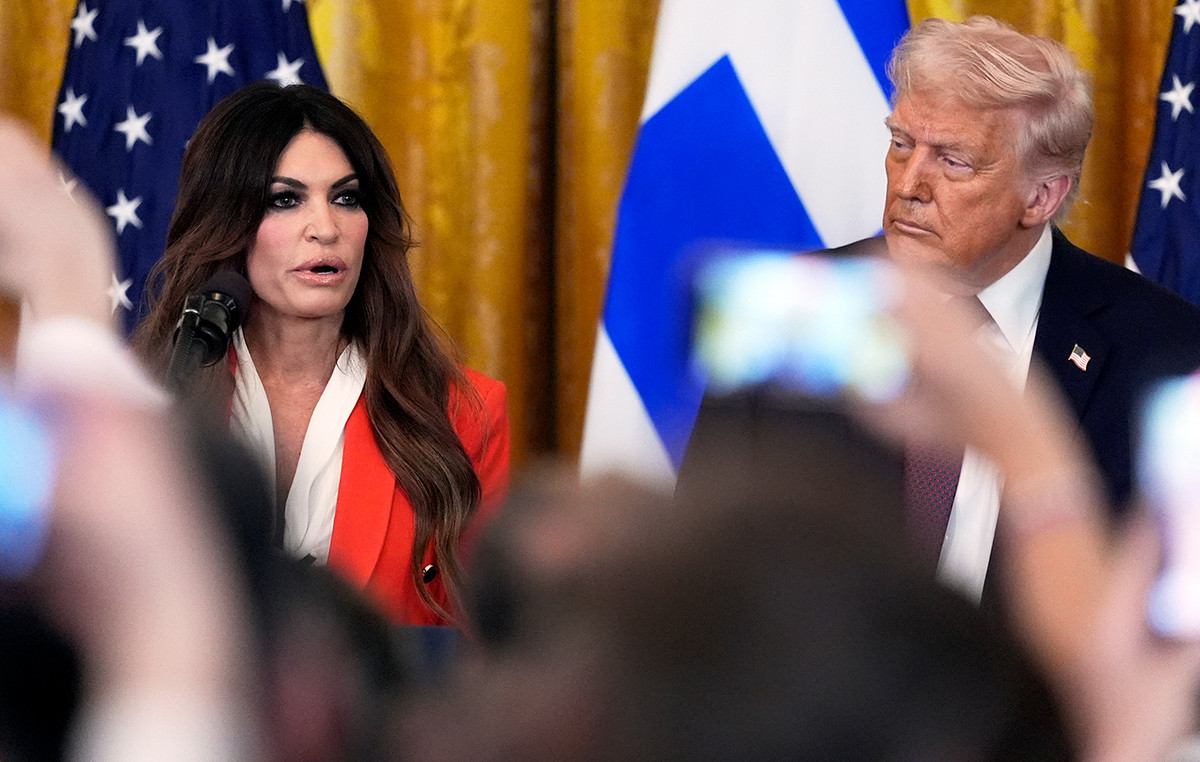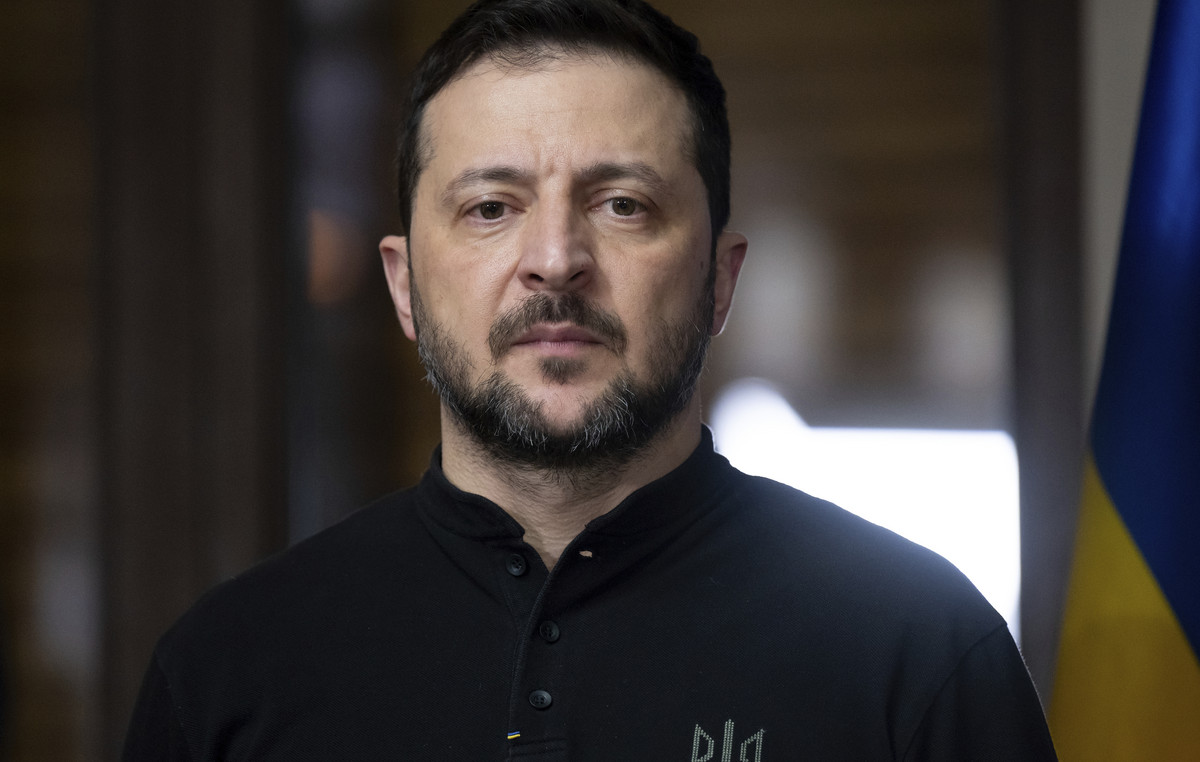Engineer and economist Sérgio Werlang did not know well how an inflation targeting system worked, a mechanism that at the time was beginning to be applied in the first countries, when he was called by the new president of the Central Bank, Armínio Fraga, in 1999, to replicate it in Brazil such a methodology.
It was he who, at the head of the BC’s economic policy directorate, in that year, researched the subject and led the creation of the inflation targeting system that replaced, as the country’s main monetary policy tool, the collapsed fixed exchange rate regime and which works until today in Brazil.
For Werlang, now a professor and adviser to the presidency at the Getulio Vargas Foundation (FGV), the current inflation targets are too low for the capacity of the Brazilian economy. They are forecast at 3.25% in 2023 and 3% in 2024 and 2025.
This means that our interest rates are forced higher than they could handle the task, and our growth therefore lower.
“The target in Brazil has to be a little higher than that of similar countries (…), because our fiscal policy is very rigid, it is very difficult to make fiscal adjustments”, said Werlang, in an interview with CNN mentioning emerging markets such as Chile and Mexico, where price increases should follow the 3% mark.
“If we fix the tax, we can have the same goal as Chile”, he added, defending an administrative reform that allows more flexibility to the plastered and heavy public spending on civil servants.
The target of the Brazilian target was 4.5% for 13 years, from 2005 to 2018, when it began to be gradually reduced by the duo Ilan Goldfajn and Henrique Meirelles, who headed, respectively, the Central Bank and the Ministry of Finance at the time.
The path outlined is for it to continue falling to the same 3% of Chile in 2024. be seen on the website of the Central Bank.
The changes also included a tightening of the tolerance bands, which are the upward or downward margins within which the Central Bank must keep prices fluctuating from year to year. They were two percentage points and now they are at 1.5 points.
In Werlang’s view, it is a very small space for a price index like the Brazilian one, which has a very large weight of food and, therefore, oscillates more than the others. “It’s one of the basic reasons why our inflation has gone through the roof so much,” he said.
See the full interview below:
In 2022, the IPCA again broke the target ceiling. It is something that has been recurrent since the system of targets began, in 1999. What are the consequences of this and what is the importance of respecting the system of targets?
The target system exists to guide expectations, and in order for it to do this efficiently, it has to get it right many times. Not necessarily getting all of them right, but of course, if you make a lot of mistakes, people give less weight to the set goal. So it’s important to stick to it to maintain credibility and make it easier to achieve in the future.
Considered month by month, since the system has been in existence for 24 years, inflation has spent more time above the target than close to it. Why is it so difficult for Brazil to meet the inflation target?
There are two basic reasons why our inflation has gone through the roof so badly. One is that there was a narrowing of the tolerance band to 1.5%, which should not have happened. Brazil has a peculiarity. Our index, the IPCA, has a very large weight on basic foodstuffs, which are very seasonal. People substitute many of these items, but in the IPCA they have a fixed weight. It’s like you buy the same amount of strawberries all year round, regardless of their price. This causes our index to oscillate much more than it should, and this is one of the reasons why the band originally placed was 2%.
Real inflation, then, in practice, must be lower than what the IPCA is showing, since we can make substitutions that the index does not capture?
Exactly, the IBGE index is not substitutable.
You said that there are two main reasons for the constant departure from the goal. What’s the second?
The Central Bank lowered the target from 4.5% to 3%, but 3% is too low for Brazil. The goal in Brazil has to be a little higher than in similar countries. In Chile, for example, it is 3%. Now, of course, they defaulted, as the whole world did. But, until then, Chile followed its goals straight. We need a higher target because our fiscal policy is very rigid, it is very difficult to make fiscal adjustments.
How does this rigidity hinder the task of keeping inflation within the target range?
It is necessary to have coordination between fiscal and monetary policy. The problem is that it is very difficult to control our fiscal policy. The only means we have to make fiscal adjustments in Brazil, with the budgetary rigidity we have, wage rigidity and the rules that readjust the minimum wage, is to delay the readjustment of the civil service a little bit, making readjustments a little below inflation. If, for example, the target is 4.5%, the government can adjust it by 2% or 2.5% every year. In a European country, when adjustments are needed, they simply cut civil service salaries, among many other measures. They don’t send them away, but they can lower wages. Here it is impossible. The goal, then, has to be a little higher to have space.
Does this mean that our inflation tends to be a little higher than that of similar economies due to even greater demand pressure, with an increase in public spending via an increase in civil servants’ salaries?
It is not just the salary of the server, it is also the minimum wage that is increasing. All this is an additional difficulty to control the fiscal part. Our fiscal part can only be reasonably controlled with a little inflation.
What would be an adequate inflation target for Brazil today?
Around 4% or 4.5%. The important thing is to keep in mind that the target system created a guide for discussion, so that we know where monetary policy is going. Getting it right is not the main thing; the main thing is that he be a good guide. And for that, yes, you have to get it right a few times. And, preferably, oscillate up and down more or less the same, and we know that we have erred much higher. That’s why I’m in favor of a higher goal.
But isn’t allowing higher inflation a way to attack the symptoms rather than the problem itself? I mean, if the problem is high public spending, shouldn’t we, at least in the long run, think about reducing spending instead of accepting higher inflation?
There are no doubts. If we fix the tax, we can have the same goal as Chile. The point is that it is very difficult to fix the fiscal part, because we have a lot of rigidity. We cannot dismiss public servants, we cannot reduce anyone’s nominal salary. In addition, we have a corrected minimum wage, which is now above inflation. The only viable solution is a medium-term one. In the short term there is much that can be done, such as cutting more subsidies. In the tax reform, it is possible to raise the rate a little in the areas of services, reducing the tax in industry a little. But, deep down, what we need is to control these mandatory expenses that Brazil has.
Are the reforms that are so much talked about, such as Social Security and administrative reforms, no longer the way to achieve this?
The tax reform, now, is what they will prioritize. It is good, it will increase efficiency and improve business, but it is not going to solve the fiscal problem. Administrative reform would be the most important of all. Without it, the likelihood of Brazil operating with lower inflation is slim. That is, to function as if it were Chile or Mexico, which have a target of 3%. Three is a number that organized emerging countries manage to have as a long-term goal in times of normality.
Wasn’t the Social Security reform already a step in this path of controlling mandatory spending? With it, shouldn’t we already have room for a lower target than the 4.5% we had before?
For sure. But imagine that the Social Security reform expected to save something like R$ 800 billion in ten years. We, this year alone, are going to break the ceiling by R$ 200 billion, if you add up the whole account. I mean, in one year we’re going to spend a quarter of what we wanted to save in ten. Then it gets hard.
If our target today, going from 3.5% to 3%, is low, does it sacrifice our interest rates? Now, for example, with a target higher than 3.25%, which is the target for 2023, could we have interest rates lower than 13.75%?
Today it would not be possible to have a Selic much lower than that. Maybe it was 13.5%, 13.25%; would be fine tuning. But when it comes down to it, the interest rate could fall more quickly if the target were higher. Interest rates could start to fall a little earlier than it will take for the 3% target to be reached.
And, leaving aside these two years that come from the inflationary shock of war and pandemic, could Brazil have structurally lower interest rates if the target were higher? That is, does the Selic end up having to be persistently higher so that the Central Bank can deliver lower inflation than our economy is capable of maintaining?
I don’t have a definitive answer, but I’ll give you an intuitive answer. There was a recent period when the rate stayed at 6.5% for a long time. [em 2018 e 2019]. In that period, Brazil grew 1%. In my opinion, if the target had been a little higher, interest rates could have fallen a little more and Brazil could have grown a little more as well.
The inflation target is already programmed to be 3.25% in 2023 and 3% in 2024. If, today, this is low, when, in your opinion, would we actually be ready to have inflation in this range?
Only after passing an administrative reform, which I think will not happen in the Lula government. So, only in 2028 or 2029, with an administrative reform carried out, would it be possible to speak of a lower target. We need an administrative reform that is really effective, and that allows for greater control of public spending, so that we can then lower the target to 3%.
Source: CNN Brasil
A journalist with over 7 years of experience in the news industry, currently working at World Stock Market as an author for the Entertainment section and also contributing to the Economics or finance section on a part-time basis. Has a passion for Entertainment and fashion topics, and has put in a lot of research and effort to provide accurate information to readers.







